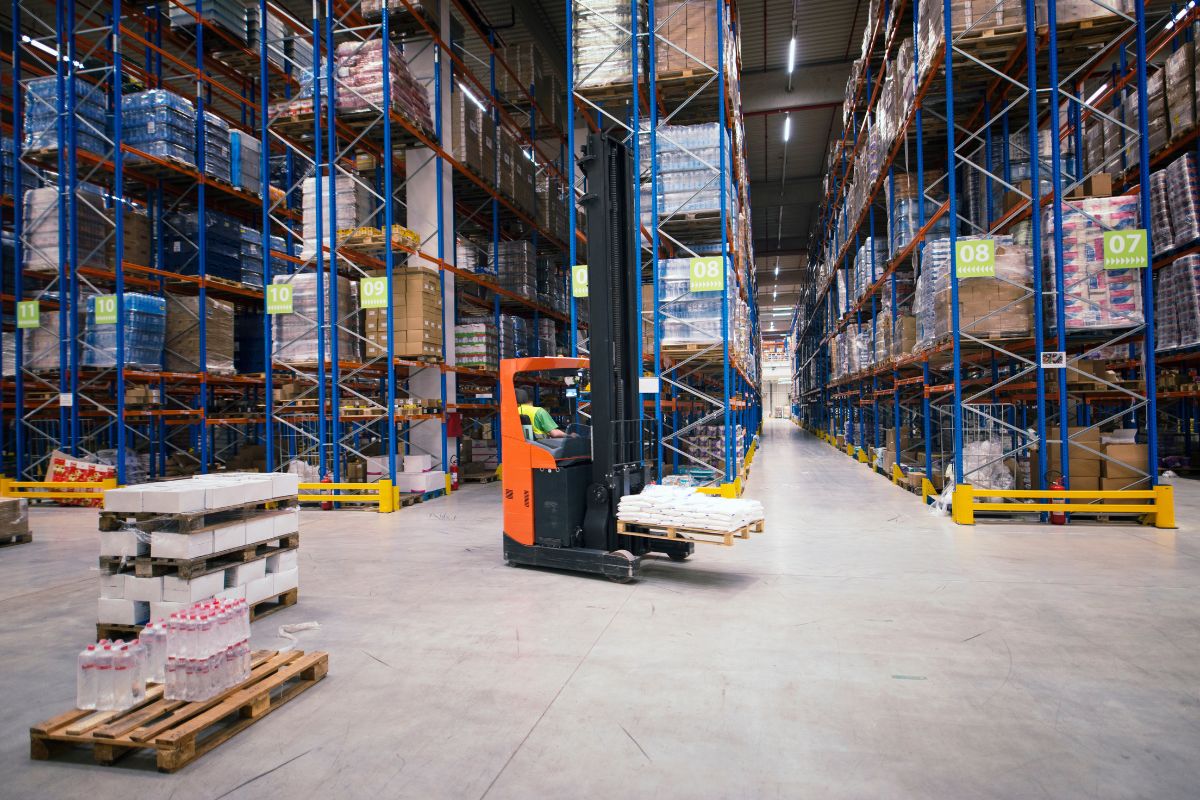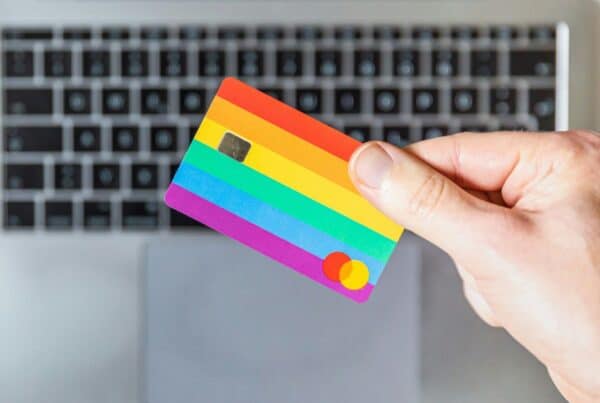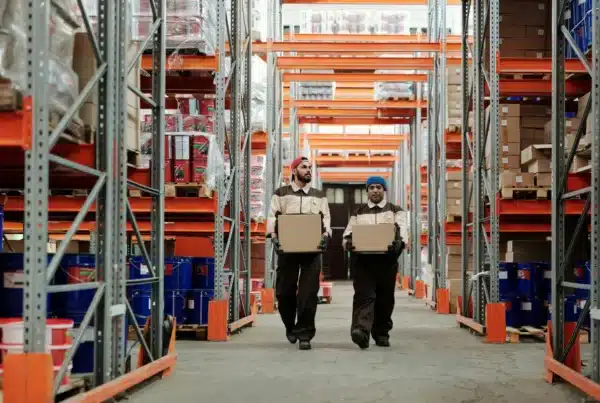
Brand reputation is hard-earned.
It can take years to build a positive perception in the minds of the public, but only seconds to lose it.
Many companies’ reputations have taken decades to recover from the damage caused by a recall. In some extreme cases, the recall has devastated their image to the point that they have eventually gone out of business.
On the other hand, some businesses have managed a recall so effectively that their market share actually grew in the immediate aftermath.
In this article, we discuss the steps your business can take in a crisis that could mark the difference between a crippling blow and an opportunity for growth and gaining consumer trust.
How to preserve and recover brand image in a recall
Take responsibility
Issue a clear, concise statement acknowledging the issue, expressing your sincere concern, and outlining the steps you’re taking to address it. Whether a major recall has already been mandated, internal investigations have identified an issue, or you are receiving complaints, transparency is key. Downplaying the problem may prevent negative publicity and reduce damage in the short term, but will massively increase the damage incurred in the long term.
Trust is precious and hard to rebuild once lost. Your product has a fault that is a safety concern. Publicly denying it will not change the facts of the situation. It will put consumers at risk of harm or injury and erode consumer trust. It not only carries ethical implications but also legal ones, potentially leading to lawsuits and even criminal charges. Moreover, customers will feel deceived and betrayed, leading to negative word-of-mouth, lost sales and brand boycotts.
Prevent further damage
Move swiftly to remove defective products from shelves and inform customers of the issue immediately. This both minimizes further damage and shows that you are committed to public health and the wellbeing of consumers. This is made considerably easier if your fulfillment provider keeps comprehensive records of where each lot has been distributed, along with serial numbers and expiration dates. Ensuring you can contact the affected parties quickly in the event of a major recall is invaluable.
However, the logistics of handling a large-scale recall are demanding, with potentially hundreds of thousands of affected consumers needing to be contacted. This may well be impossible for your usual fulfillment and customer care partners to manage alongside their regular tasks. In these instances, it may be worth looking to outsource recall management to a dedicated partner. Many providers will be able to supplement your fulfillment division to streamline the recall and (if necessary) recovery process.

Open communication channels
Ensure all recall details, including affected products, risk factors and return procedures, are readily available on your various channels, as well as through clear press releases. At the same time, provide multiple communication channels for concerned customers to contact if they need further information. Respond promptly to inquiries, and demonstrate genuine empathy for your customers’ anxiety. If your business is difficult to contact at a time when your consumers are worried and need help, their dissatisfaction will only increase.
This can also act as a great opportunity for social listening. In these situations, your customers will likely be at their most honest with their opinions of your company. You can use their feedback to help guide the direction you take after the crisis. We would recommend contacting an outsourced customer care service to supplement and help you contain the spike in demand, as it will probably exceed your business’s capacity. These services are also skilled in directing the conversation away from the problem if the discussion is becoming toxic, and in the process preserving your brand reputation.
Make things right
So far we’ve discussed how to minimize the damage and avoid actively making things worse. However, if this is all you do, you will still have lost an enormous amount of buyer opinion.
Actions speak louder than words. As necessary as the recall might have been, it will still have disrupted your customers’ lives. You need to acknowledge that and take steps to compensate them for the damage. Refunding or replacing defective products, hassle-free, is an excellent starting point. Going a step further, such as by offering extended warranties and complimentary upgrades or employing other surprise-and-delight schemes, can show your customers how much you value them – and potentially remedy any lasting friction.

Discover what went wrong
The root of this entire crisis is that something went wrong within your internal processes. It could have been a single mistake in the design process that was never caught, a facility that lacked sufficient oversight of its operations, or a failing in quality control.
Conduct a thorough investigation to identify exactly what happened. Learn from your mistakes, implement stricter quality control measures and update your production processes to improve product quality and prevent things like this happening again. Be proactive in sharing these improvements with your customers, and showcase your commitment to product safety and responsible business practices.
Rebuild trust and reputation
Don’t expect things to get better overnight. Rebuilding trust takes time. Be patient. Engage with your community, participate in industry initiatives and focus on building genuine relationships with your customers. Show your customers how you are learning from this crisis.
To paraphrase Oscar Wilde, to suffer one recall may be regarded as a misfortune, to suffer multiple looks like carelessness. If you can demonstrate that your brand has truly turned a corner after a recall, the vast majority of your customers will be perfectly willing to give you a second chance. If you have to issue recall after recall, however, it looks like you are merely considering them as a cost of doing business, and playing fast and loose with your customers’ wellbeing in the process.

An example of a well-handled recall
As mentioned in our introduction, well-executed recalls aren’t simply thought exercises – theoretical strategies with no real-world examples to demonstrate.
Multiple companies throughout the 20th and 21st centuries have turned crisis into opportunity and emerged at the other end of large-scale recalls stronger than before.
One of the most notable of these was Johnson & Johnson’s reaction to the 1982 Chicago Tylenol Poisonings.
The 1982 Tylenol Capsules Recall
In 1982, seven people in the Chicago area died after they consumed Tylenol capsules poisoned with cyanide.
When the lot numbers of the bottles of tainted capsules were tracked, they were found to have been manufactured at two different locations (Pennsylvania and Texas). However, the poisoned capsules were only found in Chicago stores. This suggested that the tampering had occurred after they had been placed on store shelves for sale, and was almost certainly not the fault of the manufacturer.
Despite this, Tylenol manufacturer Johnson & Johnson took responsibility and issued a nationwide recall of Tylenol products on the 5th of October, only a week after the first death.
The company halted all product advertising, instead using national media to inform people not to consume any of its products if they contained acetaminophen (paracetamol). At the same time, they sent 450,000 messages to hospitals, doctors’ offices and other stakeholders, and set up free hotlines for concerned customers to contact their support team.
This cost the company over $100 million (equivalent to $318 million in 2024), as there were estimated to be 31 million bottles of Tylenol in circulation at the time.
Once the crisis had died down somewhat, the company worked with the FDA to develop and introduce new tamper-proof packaging. This soon became the industry standard for all over-the-counter medications.
Although at the time of the scare, Johnson & Johnson’s market share collapsed from 35% to just 8%, it rebounded in less than a year, thanks to this proactive and comprehensive recall strategy. This response is taught today as a model of corporate public relations.

Final thoughts
At the best of times recalls are disruptive, expensive and can cause extensive reputational damage. However, if handled well, the damage can be entirely mitigated, or the recall even turned into a positive for your brand in the long term.
At Harte Hanks, we understand the complexities and challenges that come with product recalls. We recognize that recalls demand not only logistical efficiency but also effective communication and customer support. Our extensive experience, coupled with our fulfillment, customer care and warehousing capabilities, makes us a holistic provider of recall services.
By partnering with Harte Hanks, you gain a strategic ally with the expertise to guide you through the intricacies of crisis management, so you can focus on rebuilding and strengthening your brand. Remember, it’s not just about surviving a recall — it’s about emerging from it with a renewed sense of trust and credibility in the eyes of your customers.
Contact us today to learn more

Matt is our Vice President of Solution Sales. He has deep roots in the fulfillment industry with over 26 years at Harte Hanks. He now enjoys applying that operational experience to develop working solutions for complex customer problems.



